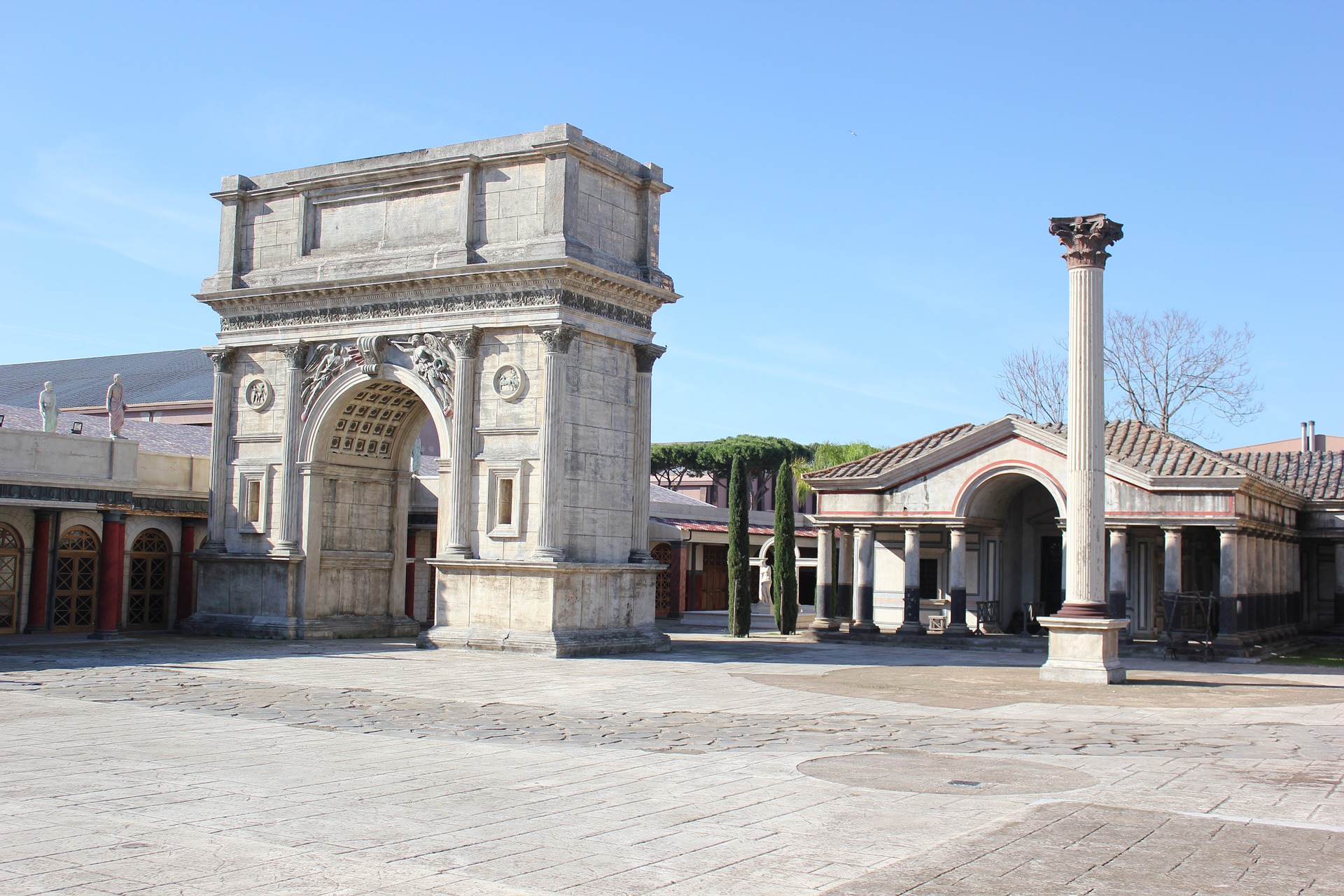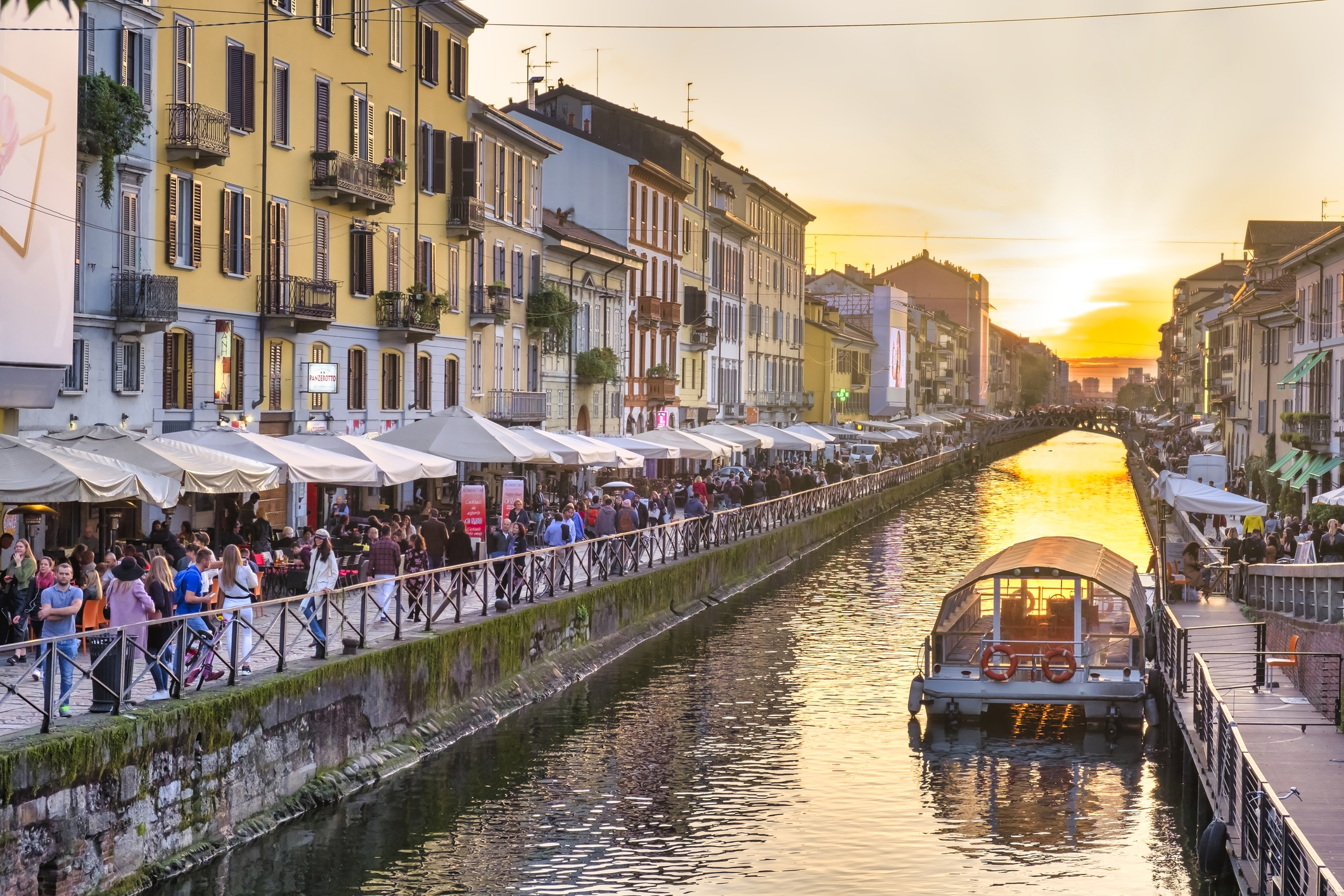On September 17th 1515, Cardinal Ippolito d’Este wrote a letter to the Marquis of Mantova announcing that Ludovico Ariosto had just finished writing “Orlando Furioso” (Mad Orlando). The epic poem was published in 1516, and soon became the first best seller in publishing history.
Today “Orlando Furioso” is generally regarded as the finest expression of the literary tendencies and spiritual attitudes of the Italian Renaissance, and now, after 500 years, the Treccani Institute has decided to publish again the story of the knight who loses his reason because of his crazy love for the beautiful Angelica.
This new edition is called “L’Orlando Furioso nello specchio delle immagini” ( “Mad Orlando in the mirror of imagination”), and includes a reproduction of the original bronze medal that would close the book. The idea is to have people rediscover this great classic, but also to tell the story of the huge influence “Orlando Furioso” had on culture and the collective imaginary through 515 images and 20 essays by experts included in the 800 page edition.
But let’s go back in time and discover who Ludovico Ariosto was.
He was born in 1474 in Reggio Emilia, at the time Duchy of Modena, in Italy. Ariosto’s father, Count Niccolò, was commander of the citadel at Reggio Emilia, but when Ludovico was 10, the family moved to his father’s native Ferrara, and the poet always considered himself a Ferrarese.
From a very early age, Ariosto showed great interest and passion for poetry, but his father wanted him to go for a legal career, so he studied law, unwillingly, at Ferrara from 1489 to 1494. Afterward he devoted himself to literary studies until 1499. When his father died in 1500, Ludovico, had to give up his dream of a peaceful life devoted to humanistic studies, in order to provide for his four brothers and five sisters. At the time he had already managed to write some comedies in prose as well as lyrical pieces. Some of these attracted the notice of Cardinal Ippolito d’Este, son of Duke Ercole I, who took the young poet under his patronage and appointed him one of the gentlemen of his household.
Ariosto’s duties as a courtier were sharply at odds with his own simple tastes. He was expected to be in constant attendance on the cardinal and to accompany him on dangerous expeditions as well as travel on diplomatic missions.
Este compensated Ariosto poorly for his efforts and later Ariosto said that the cardinal was ungrateful, and that he deplored the time that he spent under his yoke. Yet, during this time Ariosto started to work on “Orlando Furioso” and, indeed, he continued to revise and refine it for the rest of his life.
“Orlando Furioso” is an original continuation of Boiardo’s poem “Orlando innamorato” (“Orlando in love”) and it consists of a number of episodes derived from the epics, romances, and heroic poetry of the Middle Ages and Early Renaissance.
The poem, however, achieves homogeneity by the author’s skill and economy in handling the various episodes. Despite complete disregard for unity of action (which was to become compulsory in the second half of the century), it is possible to identify three principal nuclei around which the various stories are grouped: Orlando’s unrequited love for Angelica, which makes him go mad (furioso)
The main unifying element, however, is the personality of Ariosto himself, who confers his own refined spirituality on all his characters. Sensual love is the prevailing sentiment, but it is tempered by the author’s ironic attitude and artistic detachment.
Upon its publication in 1516, “Orlando Furioso” enjoyed immediate popularity throughout Europe, and it was to influence greatly the literature of the Renaissance and furthermore even contemporary artists, writers and directors.






























